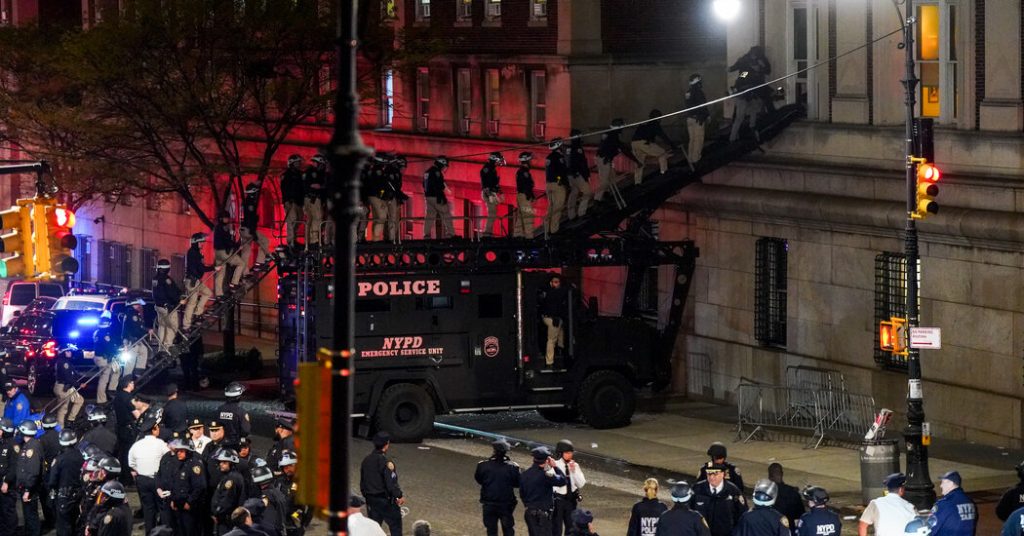Both on the 56th anniversary of the 1968 student occupation at Columbia University, a new era of unrest on campus unfolded as pro-Palestinian demonstrators protested the Israeli offensive in Gaza and called for the university to divest from companies connected to Israel. This led to a series of events culminating in the occupation of Hamilton Hall by protesters, echoing the actions of past student activists regarding the Vietnam War and the expansion of the campus into Harlem. The tactics of escalation employed by the students forced the university administration to bring in the police to deal with the situation, resulting in multiple arrests and a heightened sense of tension on campus.
The heightened atmosphere of protests and demonstrations at Columbia University had been building for two weeks leading up to the occupation of Hamilton Hall. The situation escalated when a group of pro-Palestinian demonstrators set up an encampment on the university’s main quad, calling for divestment from Israel. This action drew parallels to the 1968 protests and resulted in clashes between the protesters and law enforcement. Despite the arrests of over 100 students, the situation did not de-escalate, and the protesters continued their occupation of the campus, prompting further action from both the university administration and the police.
The occupation of Hamilton Hall was a significant turning point in the ongoing protests at Columbia University, with protesters renaming the building “Hind’s Hall” in honor of a Palestinian girl killed in the conflict. The presence of police in riot gear and the declaration of the occupied building as a law enforcement matter marked a shift in the handling of the situation. As officers entered Hamilton Hall and began making arrests, tensions on campus reached a peak, with reports of potential violence against students causing concern. The removal of protest banners from the building signaled the end of the operation, but the aftermath left many questioning the handling of the situation.
Columbia University president Nemat Shafik expressed regret over the escalated actions of the protesters and emphasized the need to ensure the safety of the university community. She stated that the occupation of Hamilton Hall left the administration with no choice but to involve law enforcement. The presence of individuals not affiliated with the university leading the occupation raised questions about the motivations behind the protests and the goals of the protesters. Dr. Shafik’s plea to the police to maintain a presence on campus following the incident reflected concerns about potential future acts of protest and disruption.
The tension between the protesters and the university administration is further complicated by the upcoming graduation ceremony at Columbia, scheduled for May 15. Dr. Shafik has voiced her desire to prevent any further escalation of actions by the students, requesting additional police presence to maintain order on campus. The aftermath of the Hamilton Hall occupation has left a mark on the university community, raising questions about freedom of expression, campus activism, and the role of law enforcement in responding to student protests. The events at Columbia University serve as a reminder of the legacy of student activism and the ongoing struggles for justice and equality on college campuses across the country.


